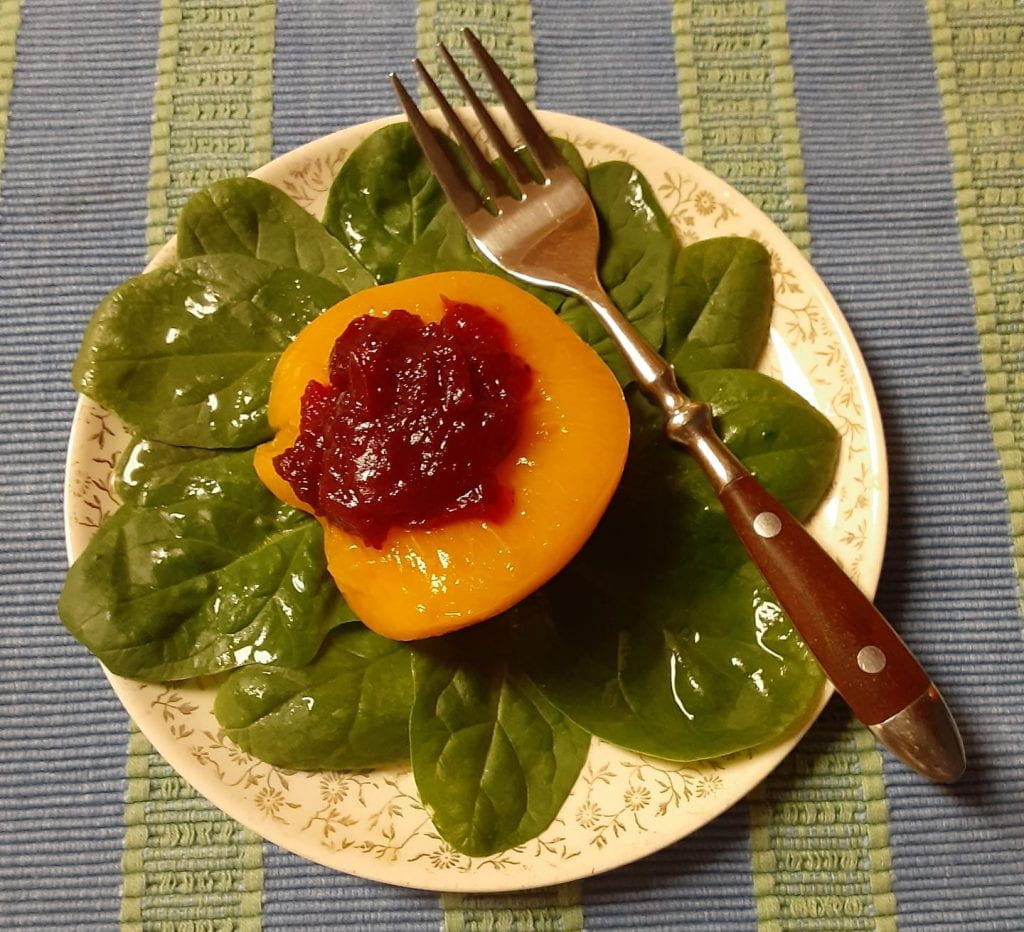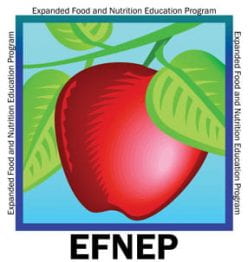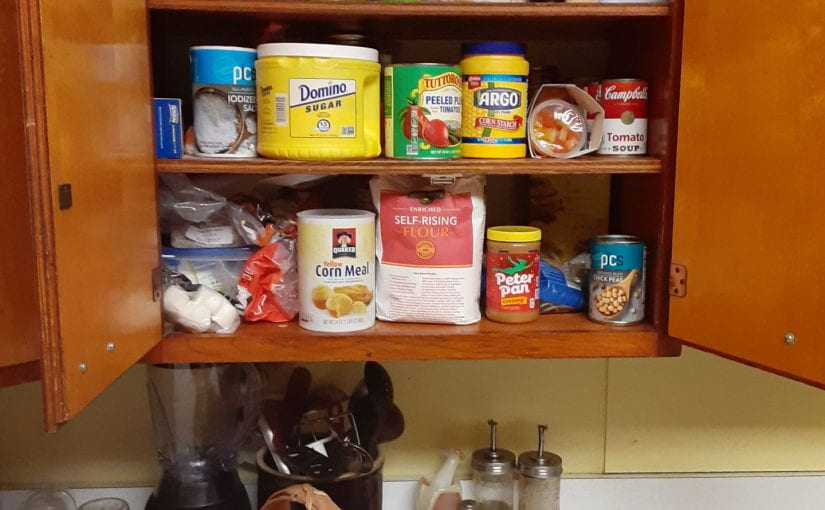Life’s Solution – Take a Closer Look
At the beginning of the new year many of us make a New Year’s resolution to eat healthier, and even if you didn’t, it wouldn’t hurt to take a closer look at what’s in your cupboard and fridge.
Ultra-processed foods have become commonplace in many of our daily lives from fast food to what we serve in our own kitchens. So common that many of us considered them everyday foods using them to nourish our families and ourselves. Ultra-processed foods aren’t new; nutrition educators have been calling them red light foods for years. But the term ultra- processed is new. This term was popularized by a group of South American researchers a few years ago who developed a food classification system called NOVA that categorizes foods according to the extent and purpose of food processing, rather than in terms of nutrients. Their research showed that people with an over-abundance of ultra-processed foods in their diet were at greater risk for developing a myriad of health issues. It splits foods into four categories:
1) Unprocessed or 2) minimally processed foods (cooking or freezing are processes): Think vegetables, grains, legumes, fruits, nuts, meats, seafood, herbs, spices, garlic, eggs and milk. Make these real, whole foods the basis of your diet.
3) Processed foods: When ingredients such as oil, sugar or salt are added to foods and they are packaged, the result is processed foods. Examples are simple bread, cheese, tofu, canned tuna or beans, canned vegetables, and canned fruit. These foods have been altered, but not in a way that’s detrimental to health. They are convenient and help you build nutritious meals. See? Not everything in a package is bad for you!
4) Ultra-processed foods: Here’s the category where almost 50% of our calories come from and where we should cut back. These foods go through multiple processes (extrusion, molding, milling, etc.), contain many added ingredients and are highly manipulated. Examples are soft drinks, chips, chocolate, candy, ice-cream, sweetened breakfast cereals, packaged soups, chicken nuggets, hotdogs, fries and more.
The basic problem with ultra-processed foods is that some have not been designed with health in mind. Manufacturers prefer to make taste, cost, safety, shelf life, and mouthfeel the priority. Heavily processed foods often include unhealthy levels of added sugar, sodium and fat. These ingredients make the food we eat taste better, but too much of them may lead to serious health issues like obesity, heart disease, high blood pressure, and diabetes.
Try this life’s solution- take a look in your kitchen. You’re likely to find a whole host of processed foods. From granola bars high in processed sugar to sodas, sports drinks, and sweet treats, ultra-processed foods are virtually everywhere. Now make the commitment to eliminate a few of the ultra-processed foods you found in your cupboard or fridge; it can have a huge impact on your overall health. From increasing energy levels to combating chronic disease there are many reasons to start incorporating healthier whole or less processed foods into your daily diet, and don’t forget those New Year’s resolutions you’re working towards.
Cooking at home is a great proactive way to eat less ultra-processed foods. Start one meal or snack at a time. This could be as simple as replacing your afternoon snack with this easy to and quick to make Peach Cranberry Salad or some grapes and nuts instead of a packaged granola bar.
Peach Cranberry Salad
Ingredients:
4 canned peach halves
½ cup whole homemade or canned cranberry sauce
Makes 4 servings
Instructions:
1. Place a peach half on each salad plate.
2. Spoon 2 Tablespoons cranberry sauce into the center of each peach.
Notes:
– Use peaches canned in fruit juice or light syrup.
– Serve fruit on a bed of fresh spinach, lettuce, or shredded cabbage.
– Make an individual serving with ½ a peach and 2 Tablespoons of Cranberry sauce.
– Top each salad with 1 Tablespoon of chopped walnuts or pecans.
Nutrition Facts per serving:
Calories: 80; Total Carbohydrates: 21g; Fiber: 2 g; Sugar 15 g, Protein: 1 g; Total Fat: 0 g, Saturated Fat: 0 g; Trans Fat: 0 g; Cholesterol: 0 mg; Sodium: 15 mg
For other healthy recipes and tips on reducing dependence on ultra-processed foods you could try one of the online classes offered by our EFNEP or Healthy Connections nutrition education programs. Visit our website at www.cceschoharie-otsego.org or contact Michelle Leveski, EFNEP Nutrition Program Educator at mml39@cornell.edu or 518-234-4303 ext. 115 (please leave a message) or Kimberly Ferstler, Healthy Connections Nutrition Educator at kmf239@cornell.edu or 518-234-4303, ext. 120. To read more articles like this subscribe to the “Life’s Solutions” blog at www.blogs.cornell.edu/efnep-schoharie-otsego/.
Just remember the first step is to take a closer look.

